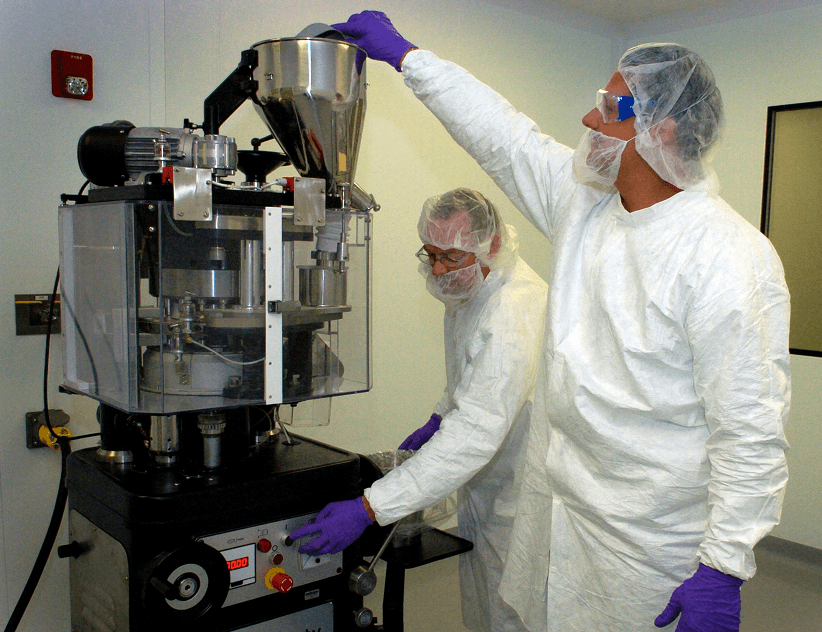S88 and the Functional Specification both play vital roles in conceptual and preliminary design and the Functional Specification actually produces a brand new deliverable to the first design altogether.
Conceptual Design, S88 and the Functional Specification
As shown on the Process Diagrams of Block Flow, the Process Model usually only develops down to one level unit – Process Actions – throughout the entire conceptual design. The Functional Specification is built with the Document and Outline Map view in order for its structure to be able to copy the S88 Model’s expandable features. In every process section, the Block Flows’ process stages and operations are listed in full and individually described.
The Functional Specification of S88: A Brand New Deliverable of Conceptual Design
The Functional Specification’s expandable and collapsible features make it extra valuable as a tool of illustration, especially when the package of conceptual design is being shown for the client’s review. This gives a detailed review of the process automation and process design concepts, additionally serving as a checkpoint early on to make sure that the overall design is still on track and will eventually meet the customer’s needs. After the review and approval, the Functional Specification’s models can come to life as the process of design moves into the phase of preliminary design.
The Functional Specification and S88 in the Preliminary Design
Throughout the preliminary design, the approval of the Diagrams of Block Flow will give way to the Diagrams of Process Flow, which will illustrate the main process steps, main equipment pieces, and material flows. To reach a multi-product flexible facility’s goal, the utmost care has to be taken throughout the whole process of design to make sure that the equipment’s physical abilities are properly developed and separated from any other individual product’s recipe requirements.
While the Diagrams of Process Flow develop the process design, the Procedural and Physical Models all the way to the level of Units will be documented.
As these diagrams make way to I&PDs, instrumentation, pumps, valves, and various other equipment connected to every unit are logically grouped into Control and Equipment Modules as assigned to defined Units. The Control and Equipment Module capabilities can be found in full detail within their respective sections. These capabilities are going to turn into the basic builders for the Procedural Model’s Unit Procedures and Operations.
S88 inside the Document of Functional Specification
The Functional Specification is created with the “master document view” and “outline mode” to copy the S88 models’ modular and collapsible features. This structure makes sure the Functional Specification gets regular updates, as well, so that it can provide documents as the different concepts are created and illustrated on I&PDs and Diagrams of Process Flow. Within this particular format, the Functional Specification complements the drawings with strategy descriptions that are easy to understand for process control, system architecture and general specifications of performance.
Since the Functional Specification starts to breathe life into the project early on, any opportunities for standardization and modularization can still be pinpointed and worked on. For instance, if a simple vessel configuration can be created, money and time can be saved on equipment specifications, software development, validation, and designs of control strategy. Plus, standard documentation in the Functional Specification can offer up a model that the whole project team will be able to follow.
An Object-Oriented Design through S88
S88 helps to showcase opportunities for standardization and modularity, thus naturally leading to a design that is object-oriented. Standard valve, equipment, and instrumentation configurations – each with some common attributes – are put together in Equipment Module classes. As the design goes on, the amount of unique control module or equipment classes goes down with standard configurations whenever possible.
The descriptions of such standard classes can be found in the Functional Specification’s Definitions Section. When each class’s specification is written down once or referenced in the Procedural and Physical Models, more efficiency is gained. This same philosophy will pay out in dividends while the validation protocol and software applications are developed later on. For instance, say in a particular project, 700 equipment pieces and 2000 field tools were placed into just 50 classes. The equipment module PUW_DROP was used around 30 times, while the control module XV01_FC was used around 400 times. Fortunately, unique classes of modules are easy to track to every instance within the Procedural and Physical Models with the Concordance to make an Index of text strings as used in the Functional Specification’s main body.
Every module class instance is easy to link to unique equipment and field devices with the help of aliases. This can be seen with the “PUW_DROP” equipment module, for example. Drilling into the Functional Specification’s Procedural and Physical Models will show this equipment module at the Small Scale Microbial Harvest Vessel. Conversely, this module class’s corresponding details of design can be found in Section I: System Specifications and Definitions. Take note that aliases tend to be assigned to every control module.
Aliases exist in order to associate the standard modules with certain tag or equipment numbers, as can be seen on the I&PDs. Because of this, equipment and tag numbers can only be found in a single place to establish a data transfer point from the drawing to the document, and to allow faster I&PD changes and incorporation inside the Functional Specification. Later on, in detailed software design, these tag numbers will be replaced with the aliases in charts of sequential function and diagrams of phase logic, so that every entity can become completely portable.
Summary
Because the Functional Specification is worked on early on, things can still be modified and improved without any problems and in the end, S88 can bring about an object-oriented design that is easy to use and understand.

